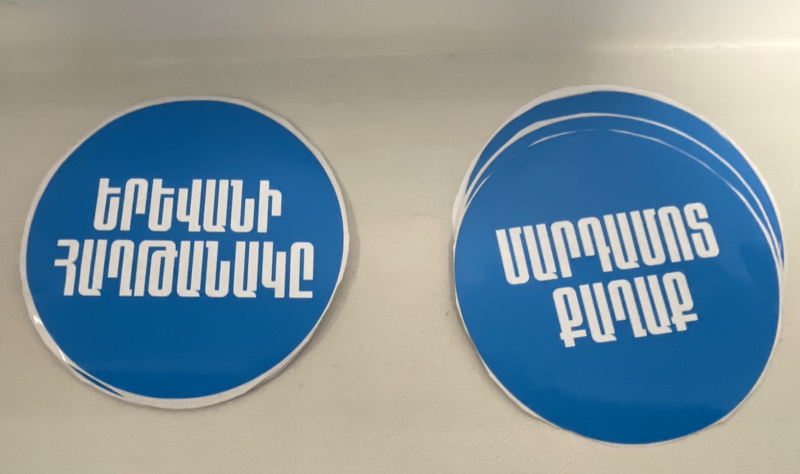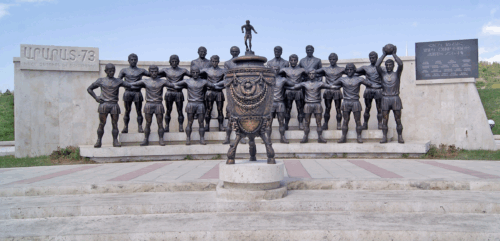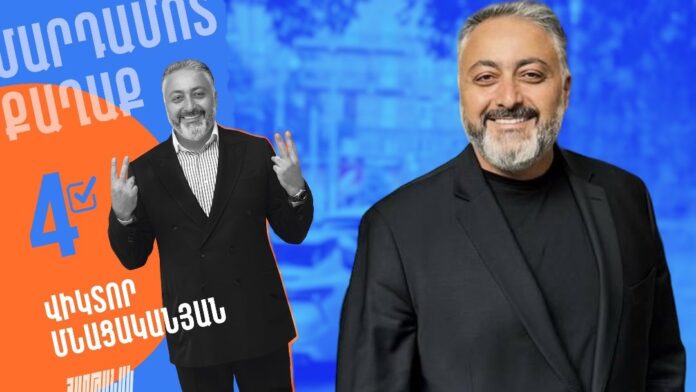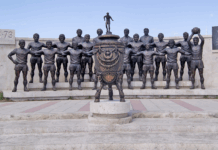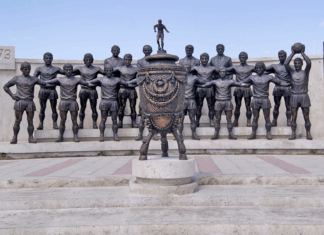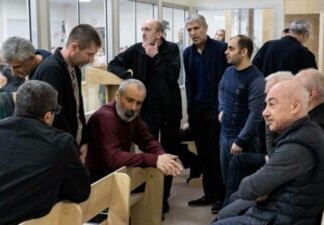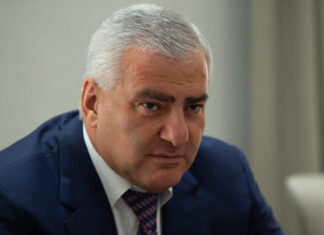YEREVAN — The candidate’s first name, Viktor, and the name of his eponyomous Victory Party may have been the first things voters noticed about Viktor Mnatsakanyan at the onset of Yerevan’s municipal electoral campaign. However, I discovered another defining feature when we sat down at his office. Candidate Mnatsakanyan’s vision of the future of Yerevan is substantially grounded in the history of the capital city.
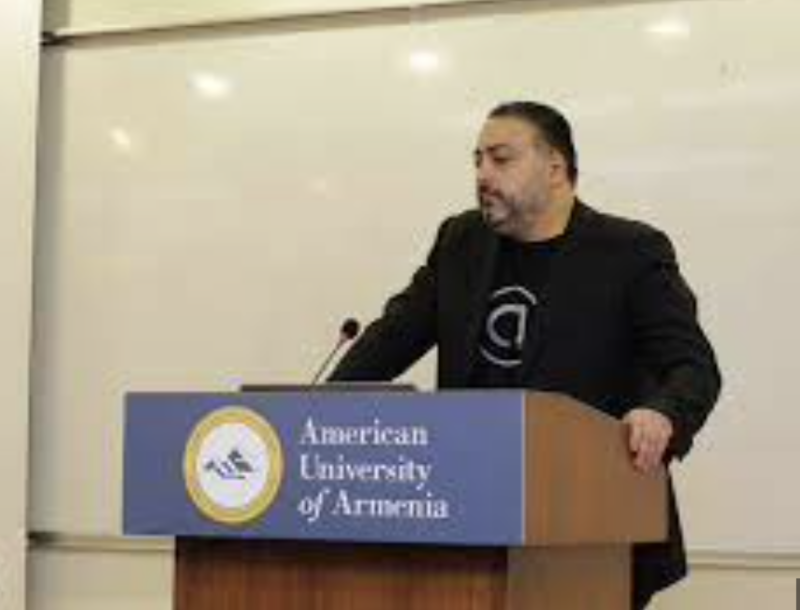
“This building was built by Gevorg Tamanyan, the son of Aleksander Tamanyan, the chief architect of Yerevan in the 1920s-30s. When the architect father passed away, the opera house building was only 1.5 meters (~5 feet) tall. It was Gevorg who built the big part of the Opera House as we know it now, although junior Tamanyan humbly never took credit for it. That’s why almost everyone knows as the father, not the son as the builder of Yerevan’s opera,” said the politician. Later, our conversation frequently returned to architects, from Tamanyan to Toros Toromanian, and their vision for Armenian cities.
Mnatsakanyan occupied the office of chief executive of Yerevan’s central region for a relatively brief period in 2018-2019. He resigned in October 2019 due to disagreements with then-the mayor Hayk Marutyan, who himself later resigned and is now running for office against Mnatsakanyan, Tigran Avinyan, and other candidates. Avinyan and Marutyan are perhaps the best known of the competitors. The mayoral elections are to be held on Sunday, September 17.
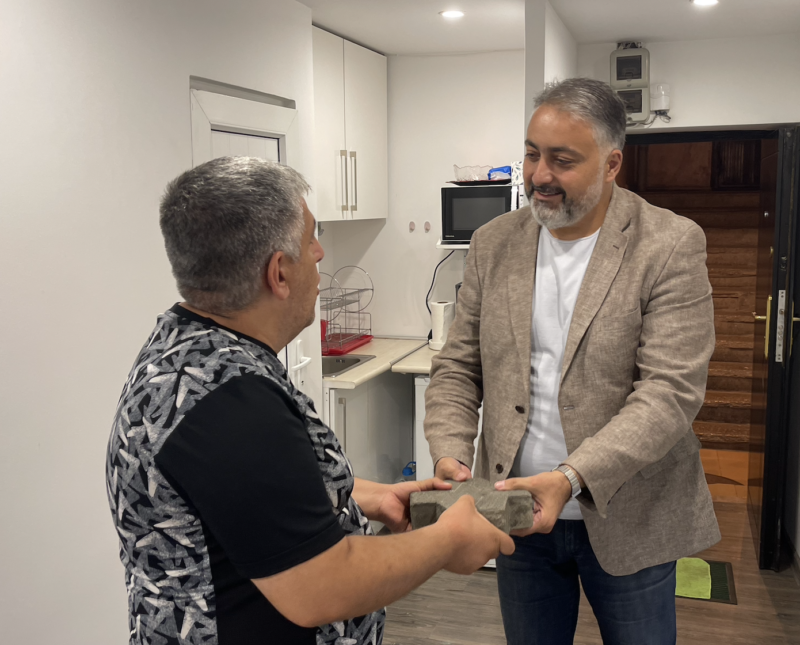
To my question as to when his interest in history and how to make the city a better place started, Viktor surprisingly pointed to an old cobblestone in the corner of the room. “It all started with this paving stone. Abovyan Street was paved with these stones for decades. But in the renovation process in the early 2000s, they were removed,” recalled the politician. Viktor strongly believes that the maintenance of the historical image of the city should accompany renovation and innovation. Back then, he and his friends set up a Facebook page dedicated to preserving the image of Yerevan. These initial steps eventually contributed to his decision to become an urbanist and study the structure of city life. Viktor believes the city neighborhoods should allow more space to the pedestrians; he seemed to be skeptical about building streets and highways at the expense of walking people.
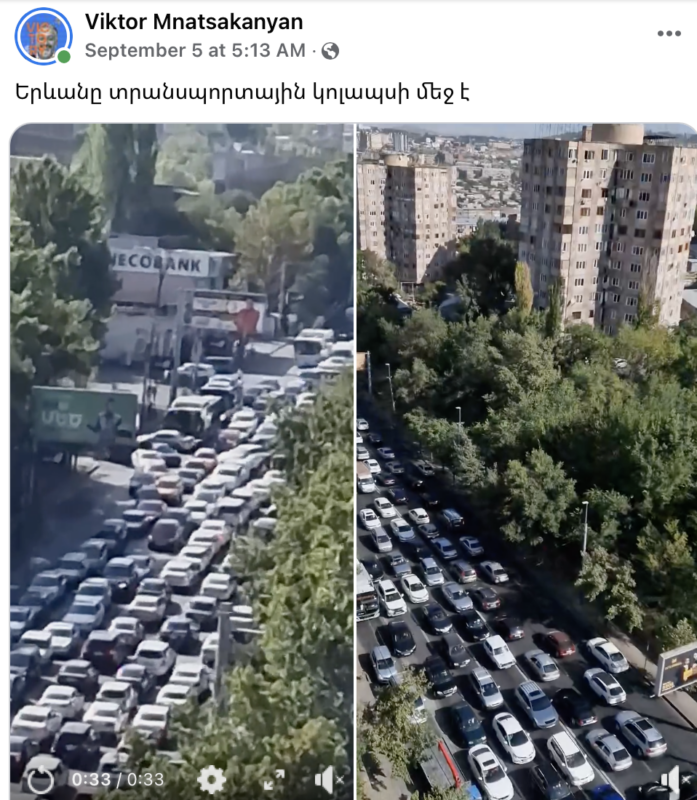
The course of our conversation naturally led to the dilemma of Yerevan’s traffic jams. The candidate thinks the number of service vehicles should be reduced and better organized. “Over a dozen Armenian companies produce and distribute dairy products. Imagine how many trucks are circulating in the city delivering milk and yogurts to the stores every day. These types of services need to be limited to the early morning hours and regulated in many ways,” thinks the candidate.
Then he referred to the ambitious plan of building new metro stations that have been on the agenda for years, with a series of stations in the Ajapniak area (the east bank of the river Hrazdan) being the most actively discussed ones. The construction of Ajapniak stations started when Armenia was a Soviet Republic but remained unfinished.
